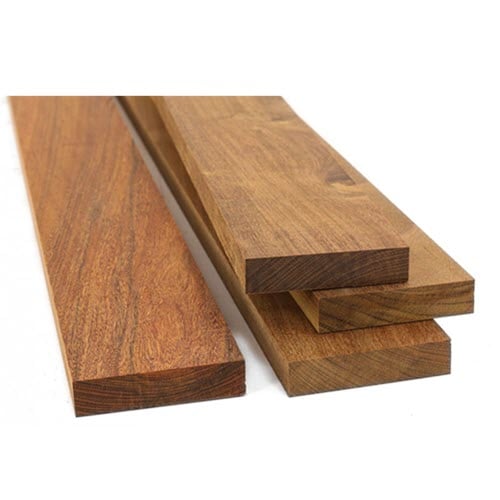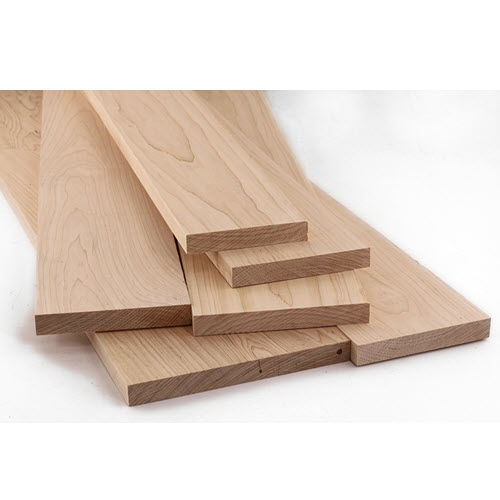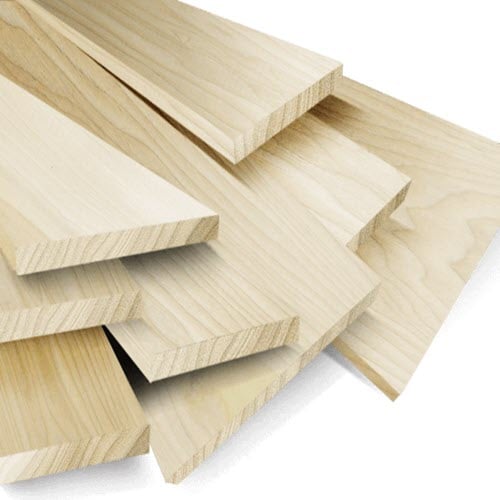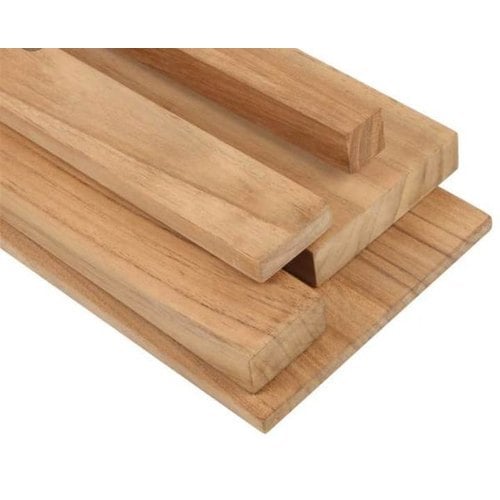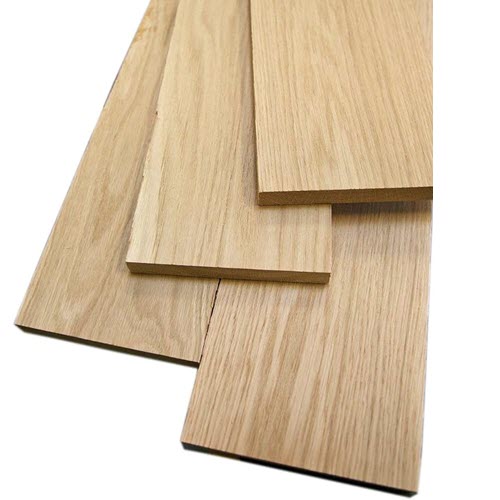Hardwood Boards
Learn More from the Top Hardwood Lumber Supplier in Connecticut and the Surrounding Area
What woods are considered hardwood lumber?
Hardwood lumber typically comes from deciduous trees such as oak, maple, cherry, black walnut, hickory, alder, and mahogany. These hardwood species are known for their durability, density, and strength. They are commonly used in furniture making, flooring, cabinetry, and woodworking projects due to their attractive appearance and resilience.
How is hardwood lumber graded for quality?
Hardwood lumber is graded based on characteristics such as color, grain pattern, knots, and defects. The grading system varies but generally includes grades like FAS (Firsts and Seconds), Select, and Common grades. Inspectors assess these factors to determine the quality and suitability of the lumber for specific applications.
How is the price of hardwood lumber determined?
The price of hardwood lumber is determined by factors including species, grade, availability, market demand, and transportation costs. Rarity, quality, and processing methods also influence pricing. Additionally, economic conditions and global trade impact market dynamics, affecting the supply and demand balance and influencing prices.
What makes wood hardwood?
Wood is classified as hardwood based on its botanical origin. Hardwood comes mostly from deciduous trees, which shed their leaves annually. Hardwood trees have broad leaves, produce seeds enclosed in fruit, and typically exhibit a slower growth rate compared to softwood trees, resulting in denser and stronger wood.
Is hardwood good for decking?
Hardwood can be excellent for decking due to its durability, natural beauty, and resistance to decay and insect damage. Species like ipe, teak, and mahogany are popular choices for hardwood decking because they offer longevity and require minimal maintenance, though they can be more expensive than softwood options.
What types of hardwood lumber does Ring’s End sell?
Ring's End offers a wide variety of fine hardwoods to our customers, including poplar, ipe, teak, hard maple, mahogany, cherry, meranti, and oak. We carry both domestic and exotic wood species, and are confident you’ll find exactly what you need in our selection!
Where can I buy hardwood lumber?
Ring’s End sells hardwood lumber throughout the Northeast. You can visit a Ring End’s lumberyard to see products, talk to an expert, and place your order. Or, order online for in-store pickup or delivery within our network. Ring’s End has store locations on the Eastern Connecticut shoreline, including Stamford, Darien, Wilton, and Wethersfield, Connecticut. In addition to our many stores in Connecticut, Ring’s End also has stores located in the Boston, MA area, Lewisboro, NY, and Portland, ME. Visit our locations page for a map.
Does Ring’s End ship hardwood lumber?
Ring's End can ship all standard items. However, “oversized items” are only available for In-Network delivery. These items will be clearly marked during the checkout process. In addition, shipping is currently not available for standard items delivering to Alaska and Hawaii. We cannot ship to APO/FPO, P.O. Boxes, or U.S. Territories.


